Coastal communities in the Arafura and Timor Seas (ATS) rely mainly on fishing for their livelihoods. In Papua New Guinea (PNG), for example, there are 13 coastal villages located in the South Fly region which share a border with Indonesia; commonly referred to as ‘Treaty Villages’, they also share a sea border with Australia. Unfortunately, villagers here lack the necessary skills to effectively protect ecosystem services, which has led to the depletion of marine resources through habitat destruction and overharvesting.
From 29 January to 2 February 2023, National Fisheries Authority (NFA) and the ATSEA-2 team conducted a field trip alongside the Western Provincial Fisheries Officers of PNG. Focusing on these particular sites in PNG, the aim was to advocate for the proper conservation of marine resources. Through interviews with local fisherfolk, the project team discovered that the 13 coastal villages in the area were engaged in unsustainable fishing practices, with overharvesting of fish resources occurring daily, seven days a week.
The group also found that fishing camps were frequently set up in or around natural habitats, thereby causing significant damage to the surrounding ecosystem. In addition, indiscriminate fishing methods, such as the use of long-line fishing nets placed along the coast, were commonplace, with little regard for the types of fish caught and with the nets often left discarded on the seafloor. These practices pose a serious threat to the long-term sustainability of the marine environment, necessitating immediate intervention.
In addition, Illegal, Unreported and Unregulated (IUU) fishing activities in that part of the ATS are common, with illegal fisher folks from border countries regularly trading for fish maw (swim bladder) and other fish products. These activities are seldom reported to the authorities within the littoral nations of the ATS region, leading to the overharvesting of fish and a subsequent decline in certain species. In response to these various threats, the ATSEA-2 Project team is advocating for conservation concepts to be uniformly adopted among ATS countries.
In order to preserve marine resources in this area of PNG and support wider conservation efforts in the ATS region, coastal communities should be encouraged to adopt alternative, sustainable livelihoods. Activities such as agriculture, inland fish farming and other means of making a living can help to ease the pressure that is currently being applied to marine resources. The project team noted these issues and will bring them up at the ATSEA-2 Stakeholders Partnership Forum (SPF), where they will be addressed appropriately and in turn.
The SPF is made up of relevant state agencies and private sectors operating within South Fly and Western Province, along with donor agencies like the Australian Department of Foreign Affairs and Trade (DFAT). The ATSEA-2 Project set up the SPF in order to address major issues collectively and collaboratively, with certain issues and deliverables targeted in particular. With support from the Regional Project Management Unit (RPMU), the SPF has been established to address issues and find workable, amicable solutions.
To date, the ATSEA-2 Project has achieved notable success in its mission to empower coastal communities in South Fly to take ownership and conserve their marine resources. As the project team developed and drafted the artisanal fisheries management plan, they introduced a new and innovative approach to conservation, previously untried in the South Fly District or indeed Papua New Guinea. Through consultation and awareness campaigns conducted on the ground, the team successfully raised awareness of this management development among South Fly communities. As Gau Banni, the chairman of Mabudawan Village, expressed with delight, “it’s something new to them…and it will help them a lot to conserve marine resources and their ecosystems properly.”
The coastal fishing communities along the South Fly district of Western Province were appreciative of the ATSEA-2 Project’s target and deliverables, which are community-oriented and designed to have a positive impact on vulnerable habitats and populations of rare species. The ATSEA-2 Project will continue to work with these communities, to help them overcome challenges and support them on their path to a more sustainable future.
By Joe Kiningi


